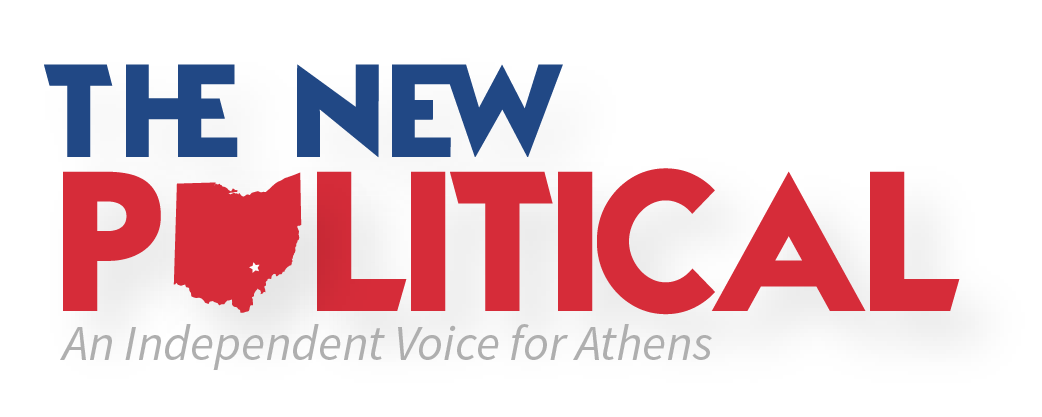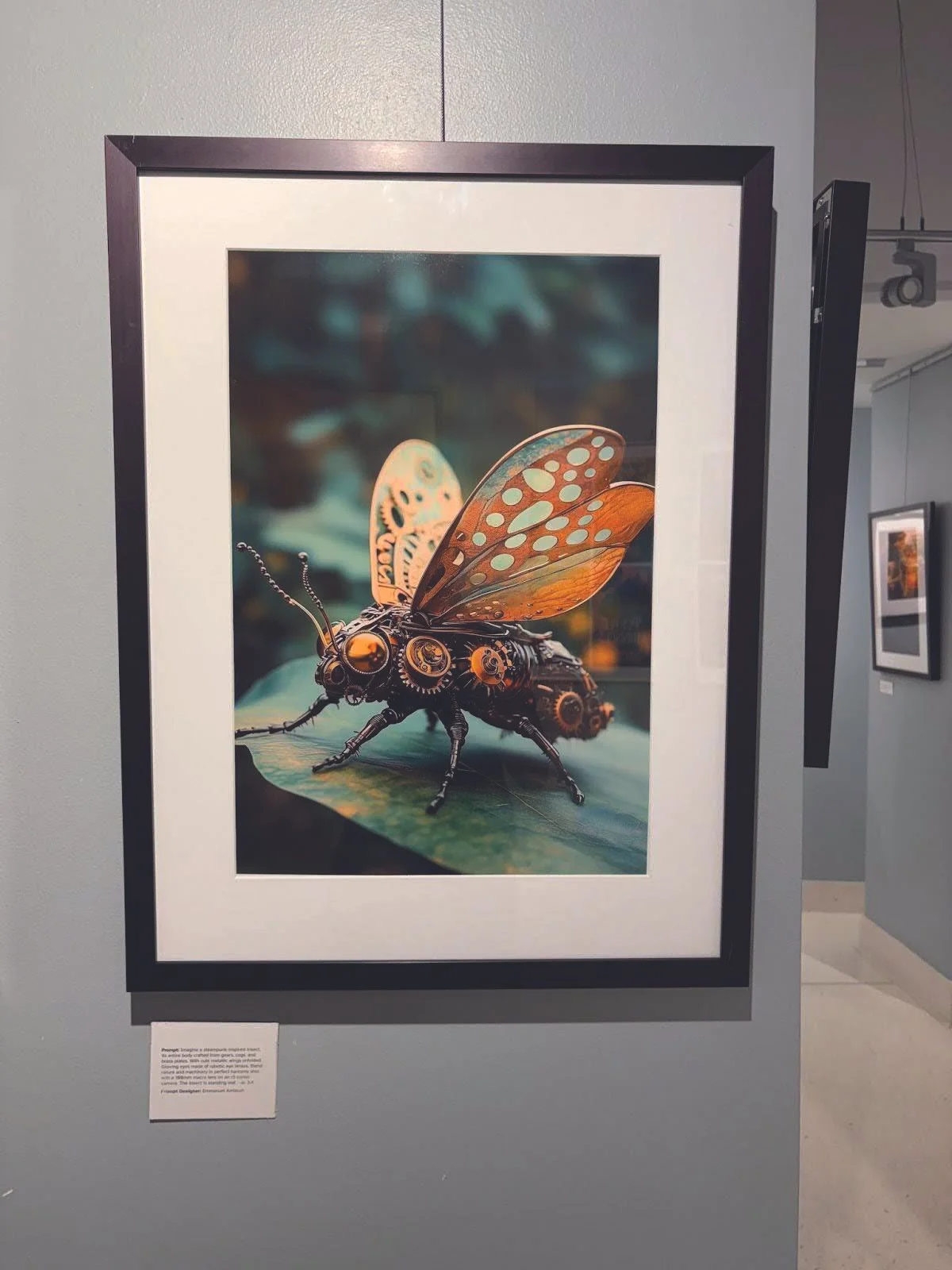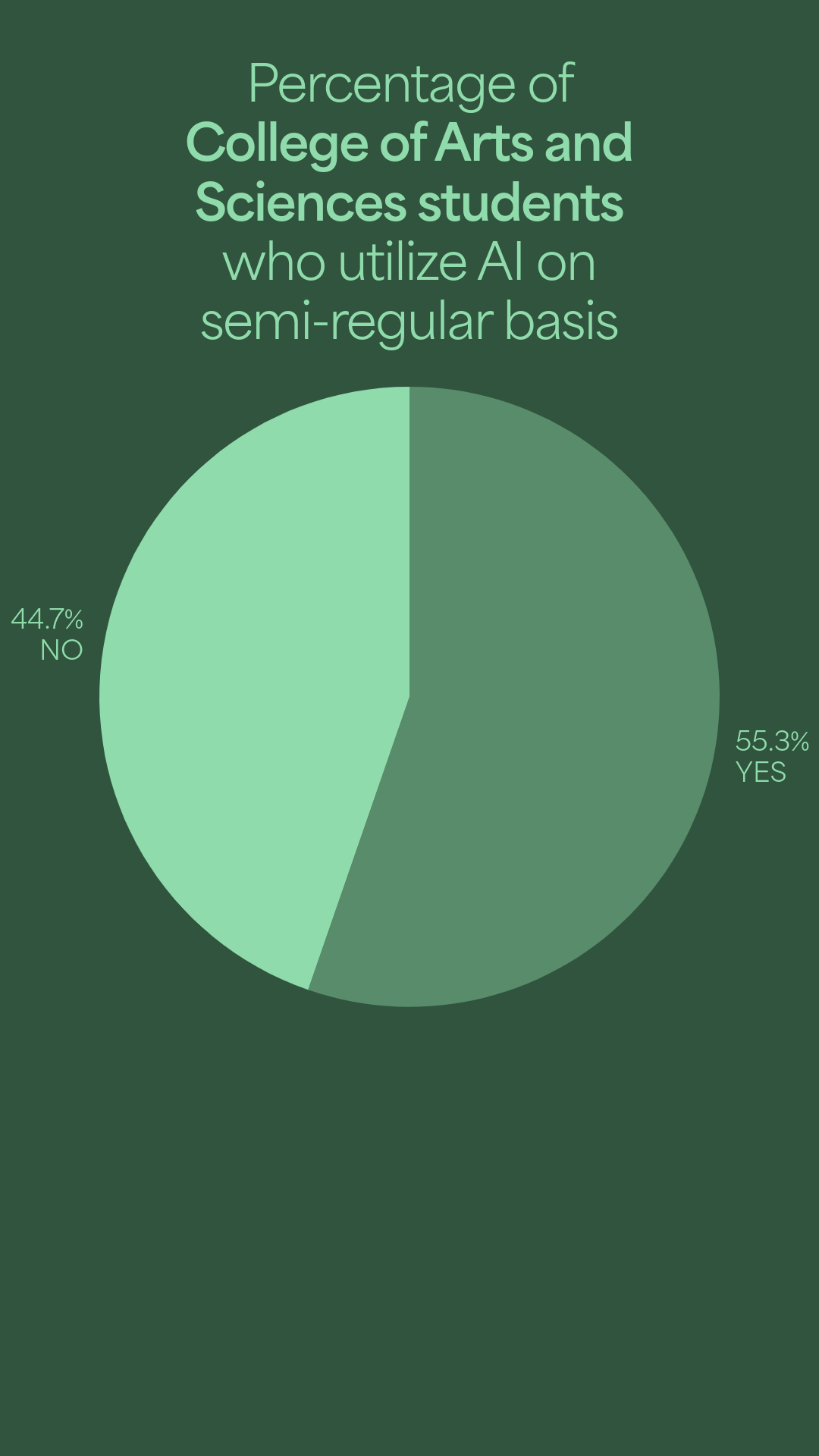OPINION: AI use at Ohio University remains divided without a policy
Photo via Olliver Hunt/The New Politi
This article was published as part of The New Political’s 2025 Fall Print.
Artificial intelligence is a fast-growing tool that has infiltrated the daily lives of everyone. Not only has it gotten into everyday lives, but also academics. Students and professors alike continue to use AI every day to complete mundane tasks that they would rather not do.
An ethical dilemma has arisen surrounding AI, especially in the higher education world. While syllabi note that AI is prohibited in some classes, others encourage it and even plan projects and activities surrounding the exploration of AI work.
Even at Ohio University, we are seeing AI infiltrate and make itself known in many ways. As of the fall semester of the 2025-26 school year, Ohio U does not have a university-wide policy on AI use, but has used the new technology in many ways.
New technology pops up all the time. Apple comes out with a new iPhone while Meta creates new ways to play games in virtual reality. These new additions to the ever-growing tech world end up assimilating into the daily lives of users, as they don’t change much about how we view things.
Dr. Matthew Ando, Dean of the College of Arts and Sciences, talked about the future of AI and how it could affect future day-to-day activities in the field. He compares the learning curve of AI use to the learning curve many endured in the early years of social media. Younger Gen Z, growing up with social media, inherently knows how to use it and does so effortlessly. Those who did not grow up with it had to learn how to use it in a very different way.
“We should be modest about the things we don’t know,” said Ando. “I’ll come back to social media. I would not have been in a position as a professor to give you good advice about how to use Instagram safely. It’s really interesting to see how…TikTok is something where people my age largely don’t use it at all, barely use it. People roughly [you’re] age get a huge amount of information of all different kinds from TikTok. I feel that way also a little bit about AI. I think we [faculty] should figure out how to think hard about AI, study it and learn how it’s used in our field and how it might be used safely and unsafely.”
Throughout the colleges that make up Ohio U, the consensus on AI use in schoolwork varies. A form was distributed to college students at Ohio U about their use of AI. The form was optional and may not reflect the consensus of the entire college. A total of 100 responses were recorded. According to the Google Form across all colleges, all seven respondents aligning with the Russ College of Engineering responded yes to using AI regularly. Of the Chaddock + Morrow College of Fine Arts, four of eight respondents answered yes.
Both of these majors have many differences. One belongs to STEM and the other to Fine Arts. The uses of AI vary across these two, which could contribute to the contrast in answers.
The College of Arts and Sciences, housing the most majors in one college, saw the most responses to the survey. Within these responses, 55.3% of them admitted to using AI.
When asked how AI use can be taught to prepare students for their field of work, Dr. Ando said, “AI can be a very effective research assistant.” The dean also spoke on the detrimental effects of using AI when preparing to go into the workforce, citing the loss of human interaction on both sides of the application process as the first detrimental portion of AI use.
Within the Scripps College of Communication, AI use ramps up as creative communication degrees are threatened. The current showing in the School of Visual Communication Focus gallery reflects this, as the show, “Generative Sparks,” aims to call attention to the ever-growing ability of AI generative images. This exhibit opened Sept. 11 and focused on showcasing the “best works from VICO 3465 + 5465, Ohio U’s one-of-a-kind course in Generative AI storytelling,” according to the informational poster put up before the gallery exhibit.
This is a prime example of professors teaching students just what the future of their field of work will hold. AI will grow and become more prevalent in creative and analytical fields. Future leaders of the field need to either learn how to use it or become better and faster than AI, which is impossible.
What Ohio U needs, however, is a comprehensive policy on AI to combat the ambiguous use in the university today. We need education on environmental impacts, information on ethical use and a promise to keep data private in the world of machine learning.


